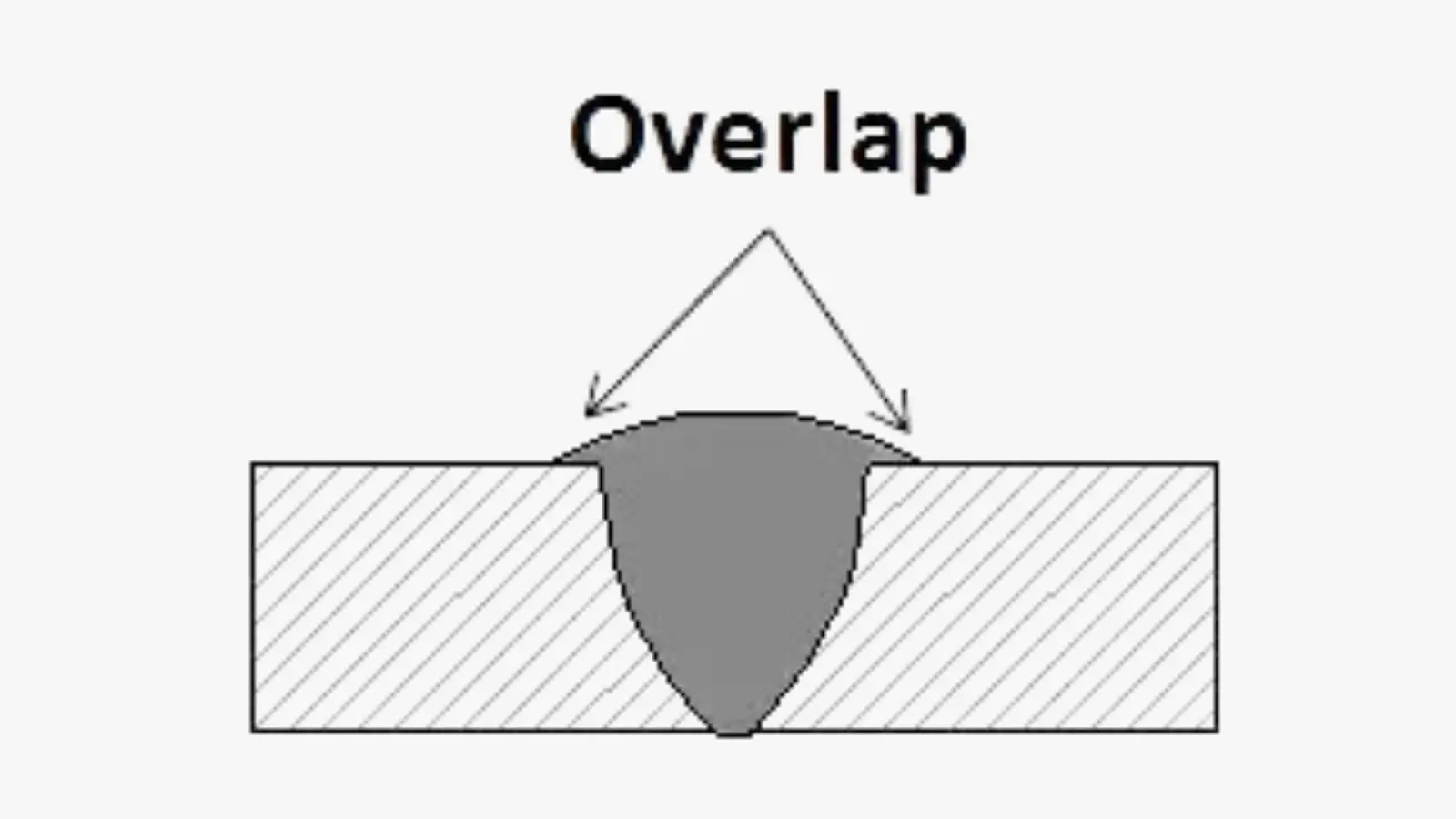Preventing Weld Undercut Made Easy: Secret Techniques Revealed
Preventing Weld Undercut Made Easy: Secret Techniques Revealed
Blog Article
Recognizing the Causes and Solutions for Undercut Welding in Steel Fabrication Processes
In the realm of metal fabrication processes, the occurrence of undercut welding positions a significant challenge that demands a detailed understanding of its reasons and practical solutions. The detailed interaction of various aspects during welding operations can lead to this unwanted sensation, affecting the structural stability and total quality of the welded joints - Preventing weld undercut. By studying the source of undercut welding and discovering reliable therapeutic steps, fabricators can raise the criterion of their craftsmanship and make certain the production of remarkable steel components
Typical Root Causes Of Undercut Welding
Often forgotten in steel fabrication, undercut welding occurs due to different aspects that demand precise interest and expertise to be efficiently alleviated. In addition, inappropriate welding techniques, such as using the wrong welding angle or travel rate, can additionally add to damage development. The selection of welding criteria, such as voltage, current, and wire feed speed, plays a significant role in the incident of undercut welding.
Effect of Incorrect Welding Parameters
Unreliable welding criteria can dramatically endanger the honesty and top quality of bonded joints in steel construction processes. The effect of inaccurate welding specifications manifests in various ways, leading to structural weak points and flaws in the bonded elements. One vital facet influenced by inappropriate welding specifications is the penetration depth of the weld. Not enough warmth input because of low welding currents or excessively high traveling speeds can lead to insufficient fusion between the base steels, causing incomplete joint penetration and damaged bonds. On the other hand, excessive heat input created by high welding currents or slow-moving travel speeds can bring about extreme and burn-through reinforcement, developing a fragile and unstable weld framework. Furthermore, incorrect parameters such as inappropriate voltage settings or wrong electrode angles can add to erratic weld grain profiles, absence of fusion, and raised possibilities of flaws like undercutting. Thorough focus to welding parameters is extremely important to guarantee the manufacturing of top notch welds with the desired mechanical buildings and structural stability.
Impact of Improper Lantern Angle
Incorrect torch angle in welding operations can significantly impact the quality and honesty of the last weld joints in metal fabrication processes. Damaging is a typical welding flaw where a groove develops along the weld toe, compromising the joint and endangering its architectural stability.
A lantern angle that is as well steep can result in insufficient infiltration, insufficient combination, and enhanced spatter. On the other hand, a torch angle that is too superficial can lead to excessive penetration, burn-through, and distortion of the base material. Preventing weld undercut. Correct torch angle is vital for guaranteeing constant weld high quality, strength, and look
To stop damaging and other issues created by incorrect lantern angles, welders need to be trained to keep the right torch angle throughout the welding process. Routine monitoring and change of torch angles during welding can assist achieve audio welds with minimal issues.
Function of Inadequate Welding Strategies

One more element of insufficient welding methods is incorrect weld preparation. Poor cleansing of the base steels, wrong joint style, or inadequate edge website here preparation can all contribute to undercut welding. Moreover, inadequate securing gas insurance coverage or making use of the wrong sort of gas can cause insufficient combination and the formation of undercut defects.
To address the duty of insufficient welding techniques in steel manufacture processes, it is necessary to offer comprehensive training for welders. Correct education and learning on welding parameters, joint preparation, and shielding gas selection can assist stop undercut welding and ensure high-quality welds in steel fabrication jobs.
Effective Solutions for Undercut Welding
Addressing undercut welding in metal fabrication calls for executing effective remedies to improve weld quality and architectural integrity. Among the primary options to fight undercut is to adjust welding specifications such as voltage, current, and take a trip rate to make sure proper warm input and blend. By fine-tuning these settings, welders can protect against extreme melting of the base steel and filler material, minimizing the probability of undercut formation.
Furthermore, correct joint preparation is critical in avoiding undercut. Making certain clean base metal surface areas devoid of pollutants and making use of the suitable bevel angle can assist promote much better weld infiltration and lower the risk of undercut - Preventing weld undercut. Utilizing ideal welding techniques, such as weaving or oscillating the lantern, can also aid in distributing warmth equally and filling the weld joint appropriately, reducing the possibility of undercut flaws
In addition, selecting the appropriate welding consumables, including electrodes and filler steels, is crucial in mitigating undercut. Using materials with suitable chemical structures and mechanical homes can add to attaining audio welds with minimal undercut. Regular inspection and quality control steps ought to likewise be carried out to find and attend to undercut concerns without delay, making certain the total stability of produced metal components.

Conclusion
Finally, understanding the causes and remedies for undercut welding in steel manufacture procedures is important for accomplishing premium welds. By attending to typical causes such as incorrect welding criteria, inappropriate torch angle, and inadequate welding techniques, welders can protect against damaging and guarantee strong, durable welds. It is vital to pay focus to these aspects and carry out effective solutions a knockout post to boost the general welding process and last product quality.

Report this page